Swamp and Gangetic crocodiles are turning orange, and scientists believe the cause is the amount of iron in the water where they live.
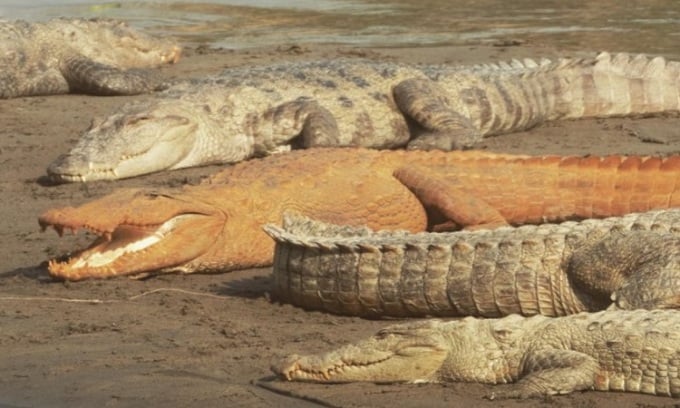
An orange crocodile in Chitwan National Park. Photo: Phoebe Griffith
Orange crocodiles have been discovered in Chitwan National Park in the foothills of the Himalayas. To find out why the crocodiles have this strange color, Phoebe Griffith, a researcher at the Leibniz Institute for Freshwater Ecology and Inland Fisheries, and colleagues collaborated with the Mecistops Project, a conservation project dedicated to protecting and reintroducing the narrow-nosed crocodile ( Mecistops cataphractus ) in Côte d'Ivoire and West Africa.
The team found that some of the rivers and streams that flow through the park have extremely high iron levels. Swamp and Ganges crocodiles spend a lot of time in streams or near river mouths, gradually developing a deep orange color. Some areas in Chitwan have high concentrations of iron in the water, which reacts with oxygen to form an orange compound called iron oxide. Because they live primarily in water, Ganges crocodiles are not well adapted to walking on land and only come up to sandy shores to sunbathe or nest. The iron-rich river can cause their scales and teeth to become temporarily coated with rust particles.
The Ganges crocodile ( Gavialis gangeticus ) is a critically endangered freshwater crocodile with an elongated snout and a large lump at the tip. Males can grow to 5 m (16 ft) in length and weigh up to 250 kg (550 lb). The Ganges crocodile population in Nepal has declined by 98% since the 1940s due to overhunting, according to the Zoological Society of London. Most of the remaining 200 individuals live in Chitwan National Park, where they face additional threats including pollution, overfishing, and declining fish populations.
The more common swamp crocodile ( Crocodylus palustris ) inhabits swamps and waterways stretching from southern Iran to the Indian subcontinent. It has a broad snout and is about the same size as the Ganges crocodile, but can be twice as heavy depending on its chest circumference. According to zoologist Lala Aswini Kumar Singh, rust particles that cling to the crocodile's body can wash away in cleaner water.
A 2016 study in the journal African Ecology noted that dwarf crocodiles ( Osteolaemus tetraspis ) living in caves in Gagon can turn orange due to exposure to bat guano containing high amounts of urea, a bleaching compound formed when proteins break down in the liver.
An Khang (According to Live Science )
Source link


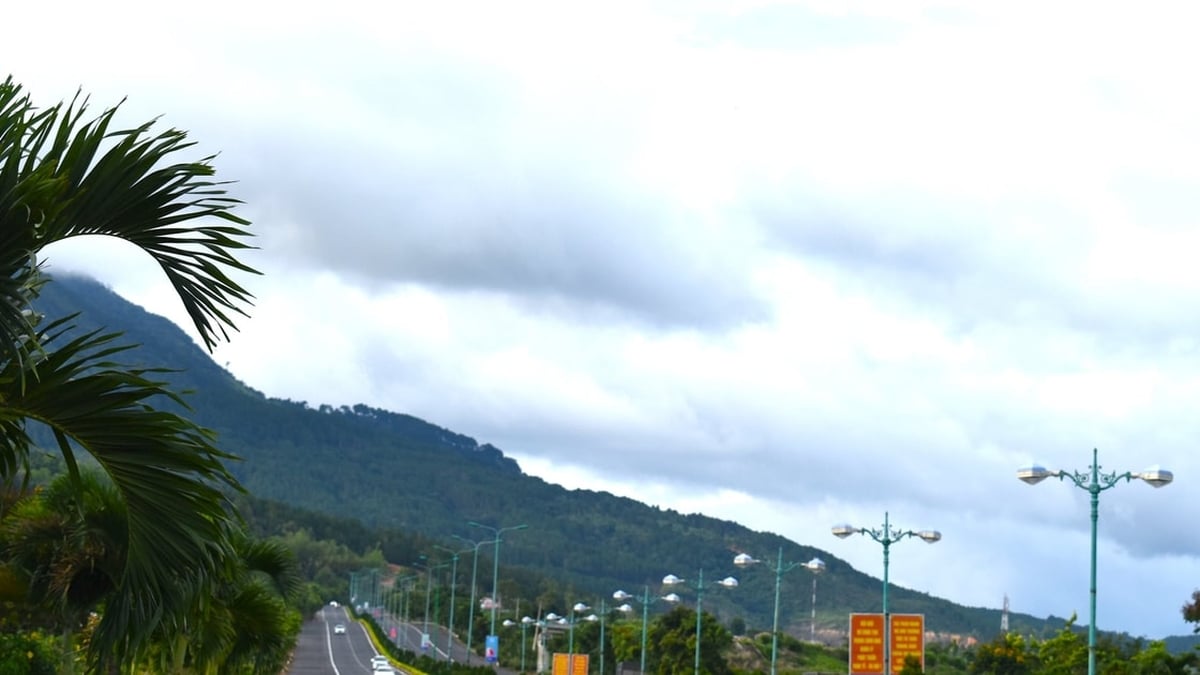
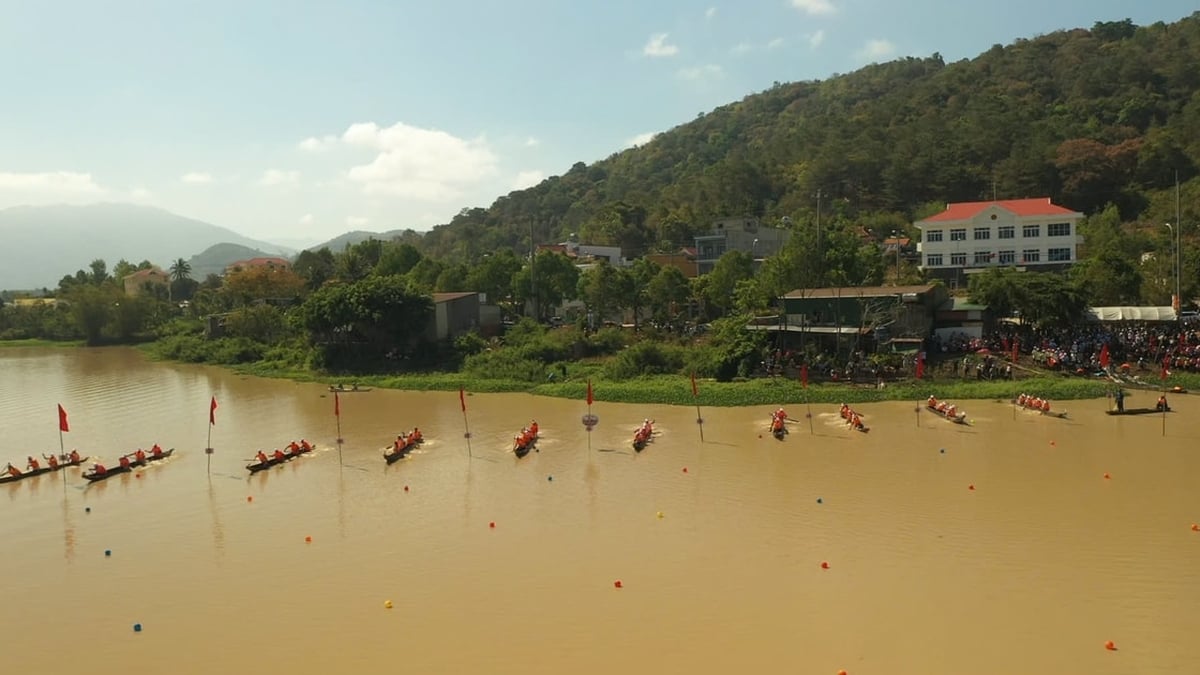

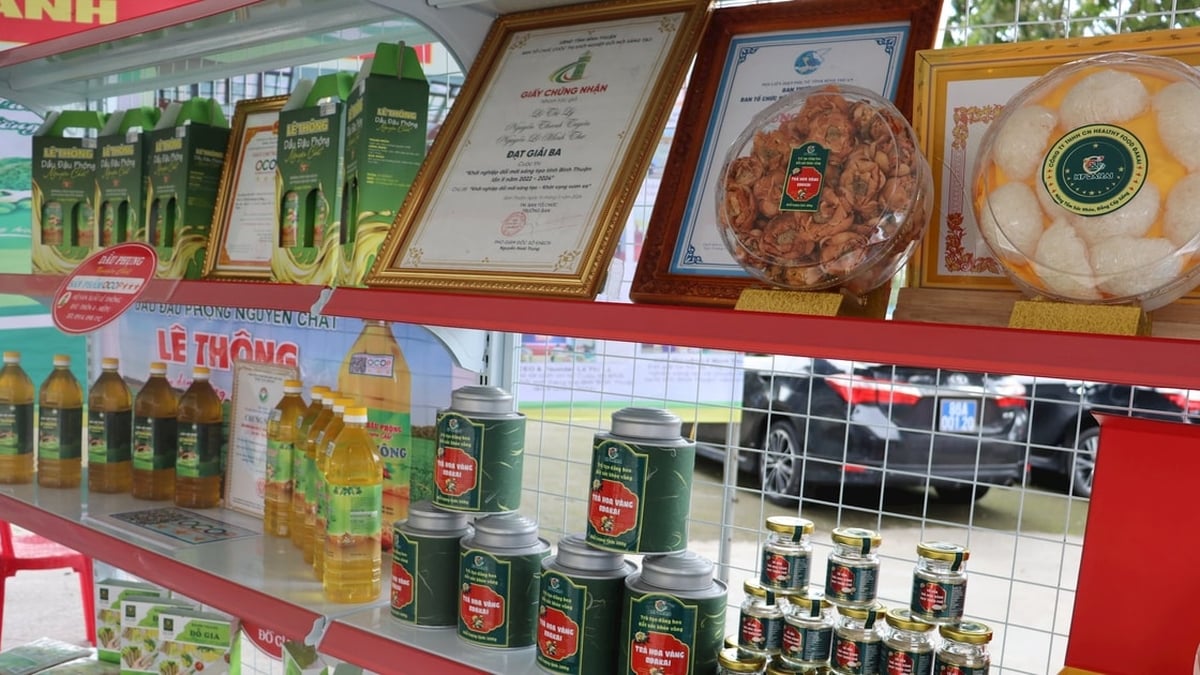

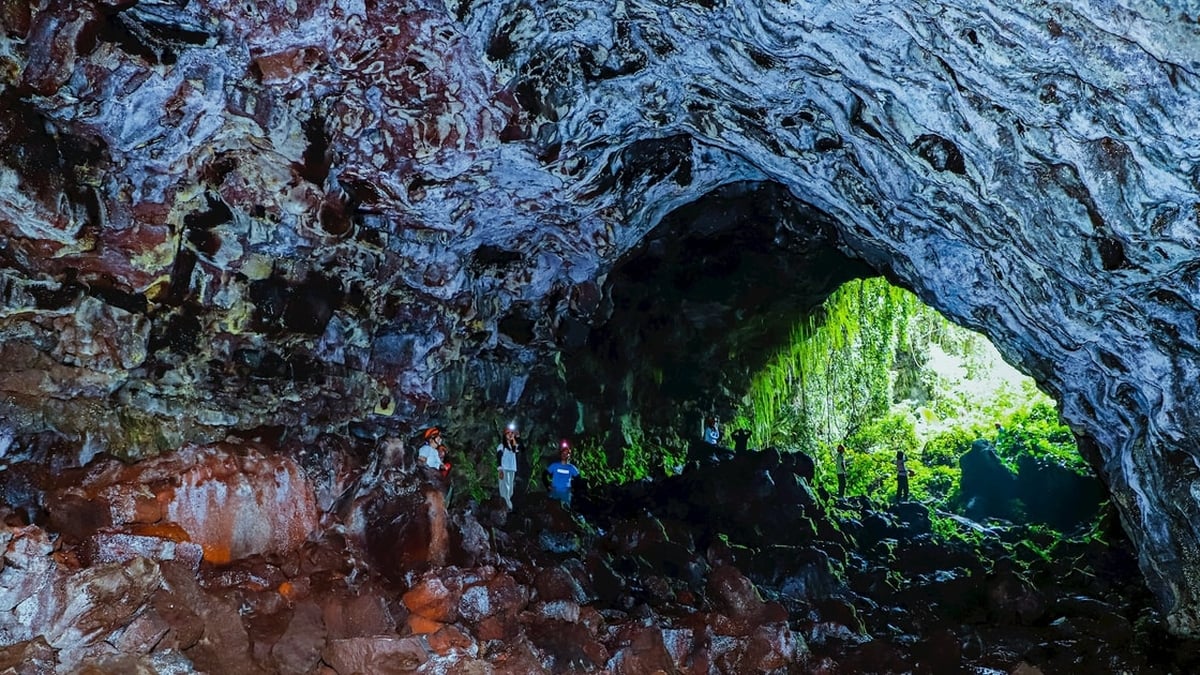



























































































Comment (0)